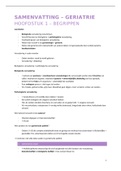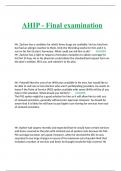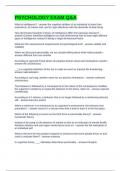Overig
Symbiosis in the ocean
- Vak
- Biology 1080
- Instelling
- Bowling Green State University
These article questions are for life in the sea classes. Including how coral reefs support a wide variety of life. What hydrothermal vents do. Evolutionary adaptations related to symbiosis. What symbiotic relationships can do for organisms.
[Meer zien]









